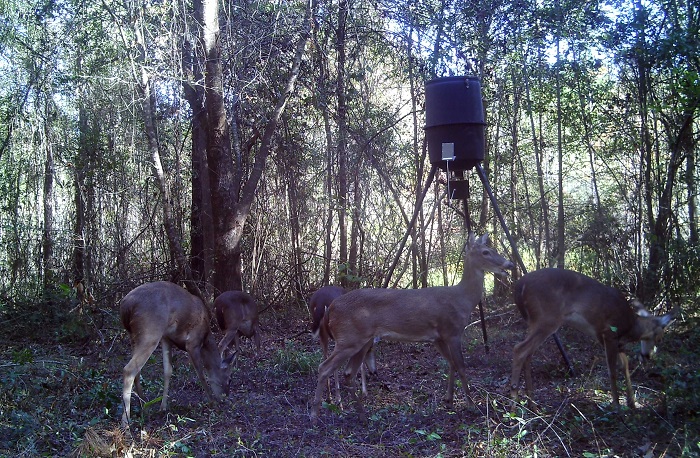
by Mark Mauldin | Apr 16, 2021
Spring can be a busy time of year for those interested in improving wildlife habitat on the property they own/manage. Spring is the time to begin efforts that pay-off later in the year – particularly in the fall when hunting season rolls back around. If you are...
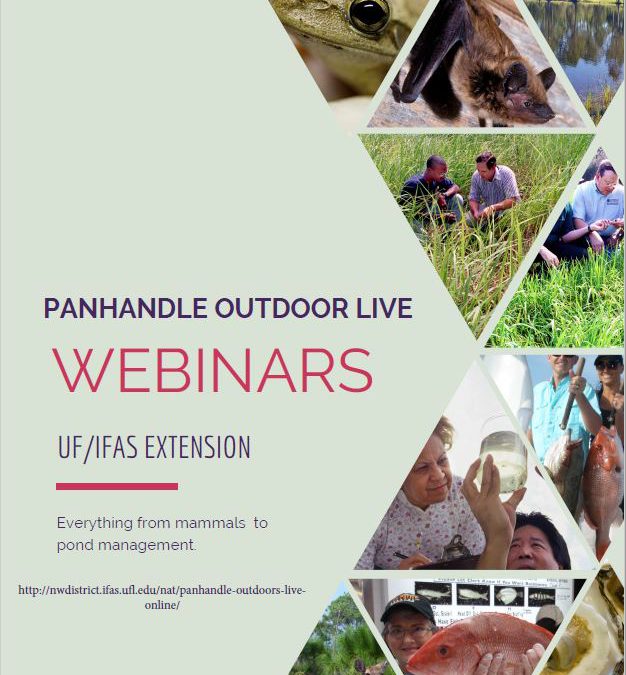
by Mark Mauldin | Aug 21, 2020
The Panhandle Outdoors team of natural resources agents is presenting a series of interactive webinars – Panhandle Outdoors Live Online. The series will address a wide variety of topics (listed below), many of which should be of interest to the readers of...
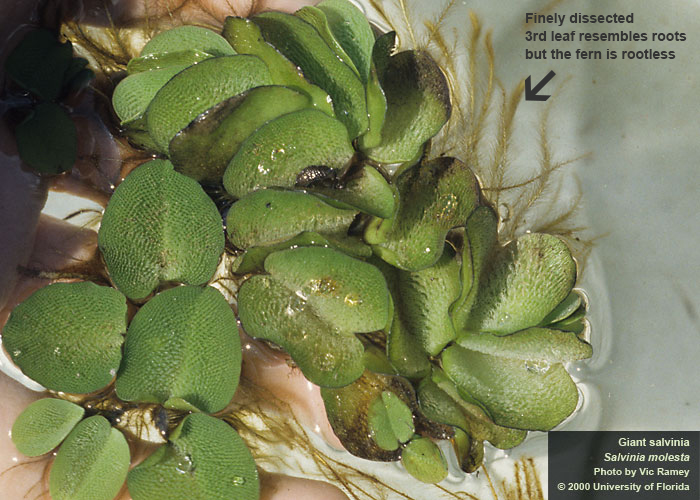
by John Doyle Atkins | May 29, 2020
– Giant Salvina is native to southeastern Brazil and northern Argentina. It is a floating aquatic fern that prefers slow moving, fertile, warm, freshwater. It can spread by vegetative fragments. According to Dr. Stephen Enloe, UF/IFAS Center for Aquatic...
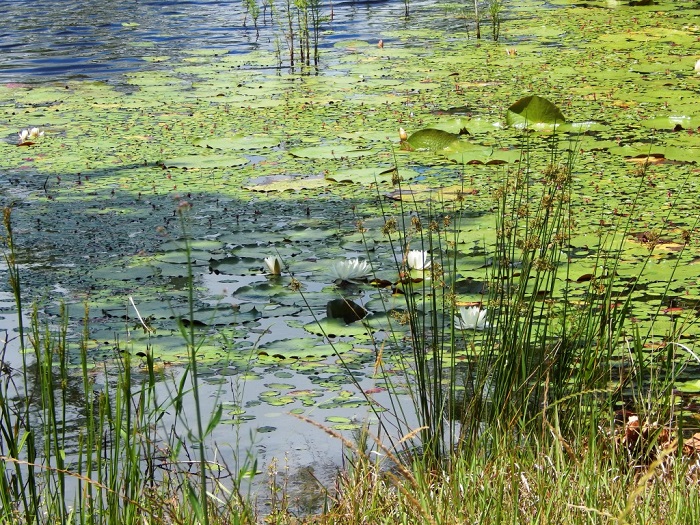
by Mark Mauldin | Apr 3, 2020
– Even though the calendar says we are only a few weeks into spring, recent weather has been more like summer. The early arrival of sustained warm weather has water temperatures in local ponds high enough that aquatic vegetation growth has really taken off. This...

by Libbie Johnson | Mar 6, 2020
Pond owners and aquaculture producers rely heavily on Cooperative Extension Specialists for information to effectively control aquatic weeds. Alabama Cooperative Extension, the National Aquaculture Association, and the US Aquaculture Society are partnering to offer...
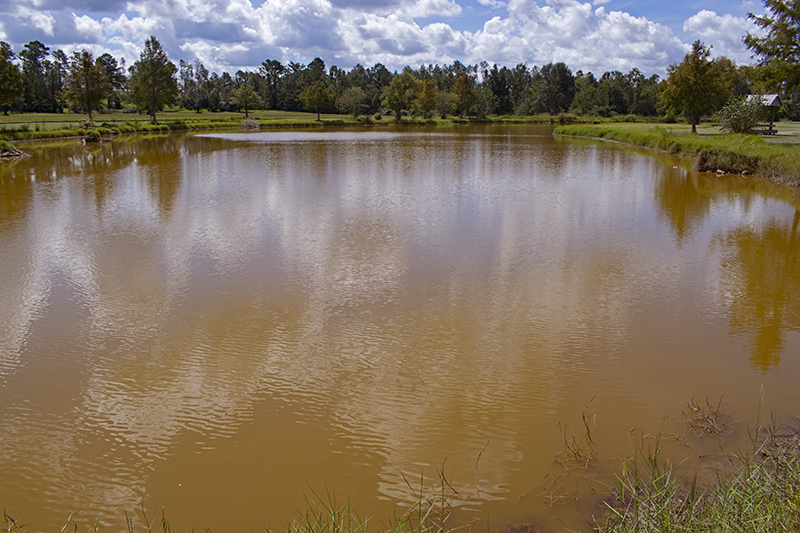
by Andrea Albertin | Dec 13, 2019
– Muddy water can be a problem in ponds across the Florida Panhandle. Not only is it unattractive, but it can be detrimental to life in a pond. Muddy or cloudy water reduces the amount of sunlight that enters a pond. This decreases the quantity of available fish...







